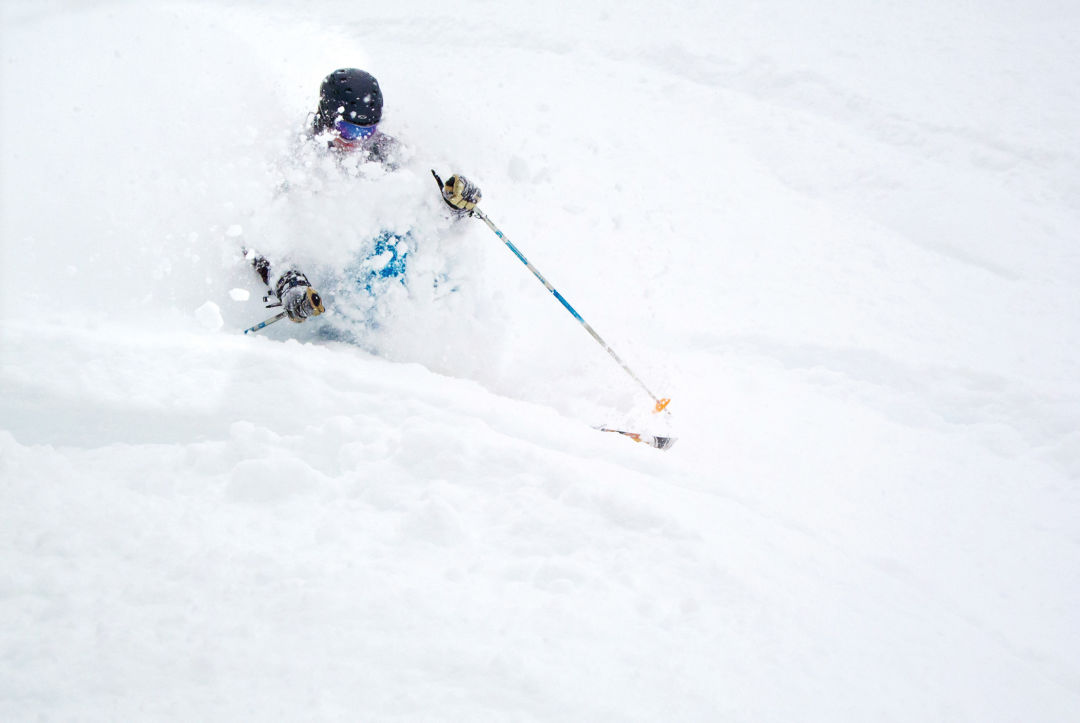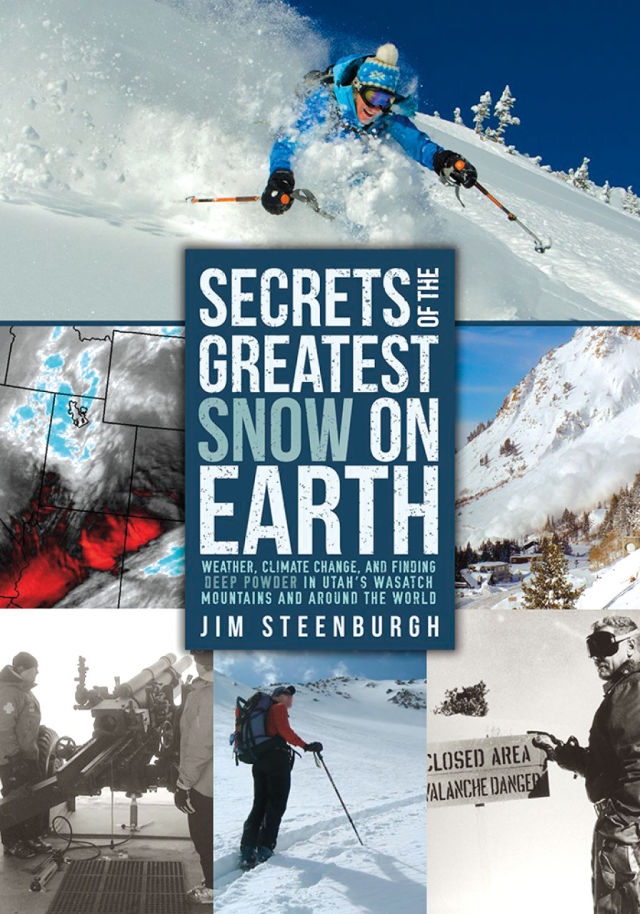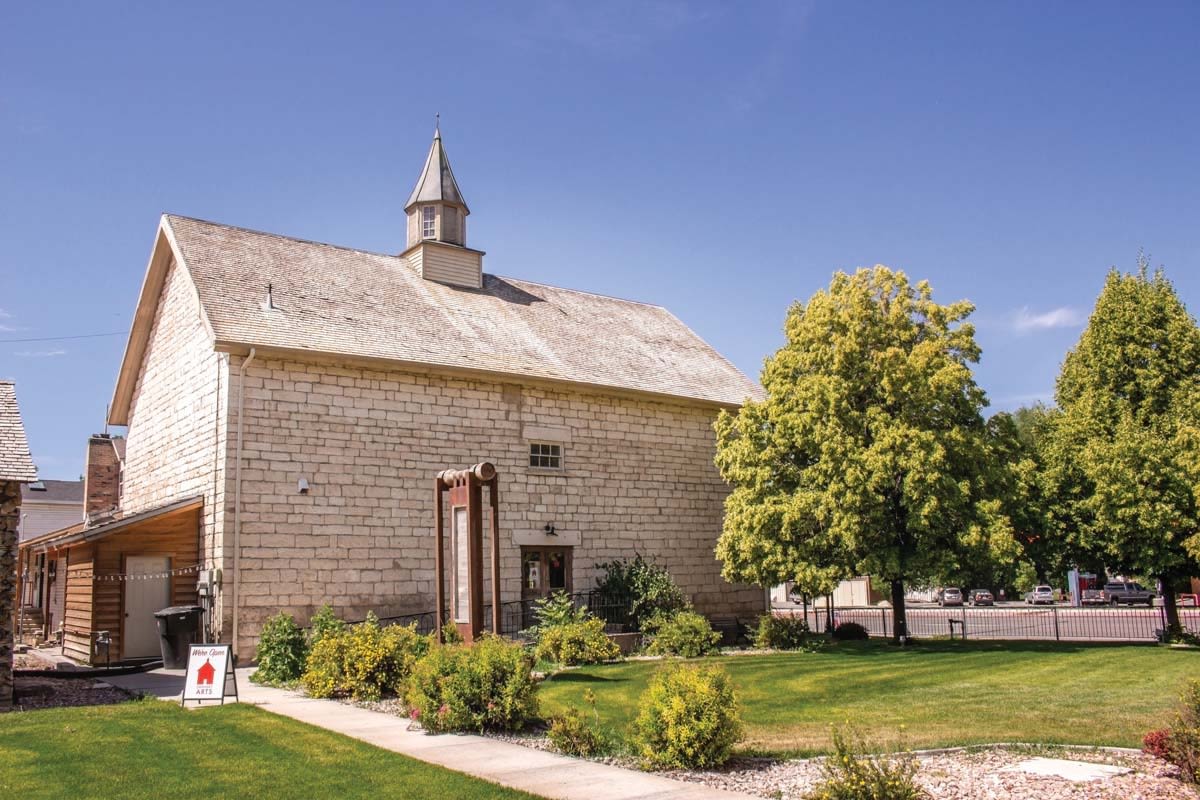Salty Talk

Image: Mark Menlove
As a former ski resort marketeer, I’ll admit I’ve spun more than my fair share of yarns about the Great Salt Lake Effect, the mythical process in which the largest body of water west of the Mississippi works as a magical cauldron, supercharging passing storms and slingshotting them straight at the Wasatch Mountains. In my defense, I wasn’t making the stuff up; I was quoting credible TV weathermen. The trouble is, when it comes to the lake effect, nearly every weather prognosticator has a unique explanation, and it turns out most of them miss the mark.
According to University of Utah professor and author of the recently released Secrets of the Greatest Snow on Earth, Jim Steenburgh, this storied weather pattern is actually responsible for only about 5 percent of the snow that falls on the Wasatch annually. That 5 percent, however, has contributed to some epic 100-inch-plus storms over the years, particularly in early and late season when lake effect tends to have more impact, making it easy to see how this phenomenon is so deeply embedded in Utah snow lore. Turns out both Great Salt Lake moisture and salinity play roles, but not in the way many a powder hound speculates.

Image: Trove Gallery
Here’s the real story: salt water evaporates more slowly and freezes at much lower temperatures than fresh water, enhancing the lake effect within storms passing over the lake, but not causing it. And the fact that the lake remains as open water when freshwater lakes would freeze does indeed contribute. But the Great Salt Lake’s salt stays in its water, not in the air where it could seed storms. The lake effect is actually caused by cold air moving over a warm lake, a storm arriving already laden with upstream moisture, and a convergence of airstreams that meet in just the right place. When these three ingredients come together, the lake effect can indeed supercharge a storm, but it is far from an every-storm occurrence.
After reading Steenburgh’s chapter on lake effect, I’m happy to have the real story. But old habits are tougher to break than old myths. The next time the topic comes up on a chairlift ride, I’ll be hard pressed to keep myself from waxing poetic about the magical, mystical powers of the Great Salt Lake.




































